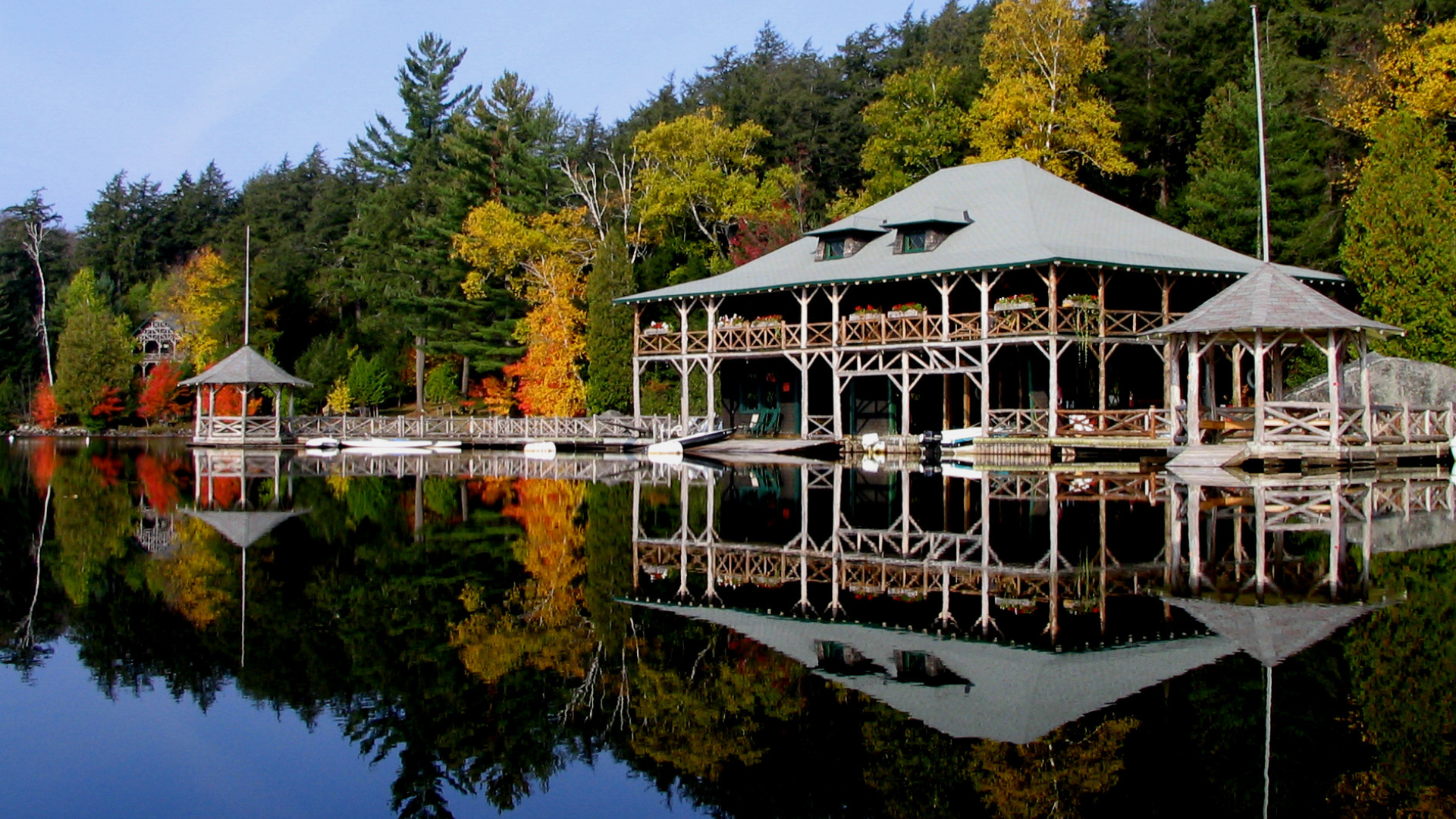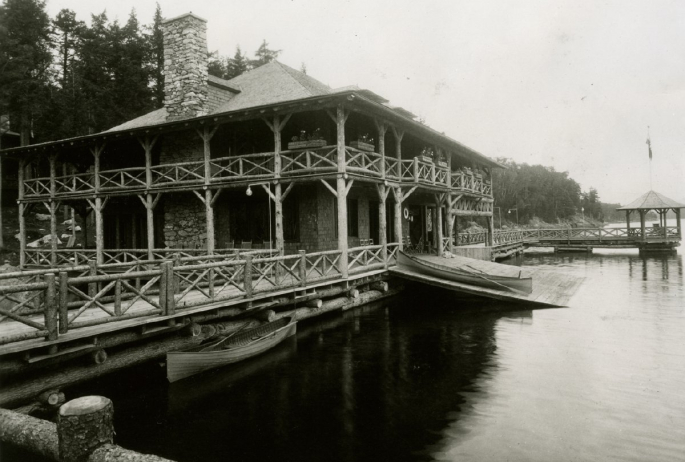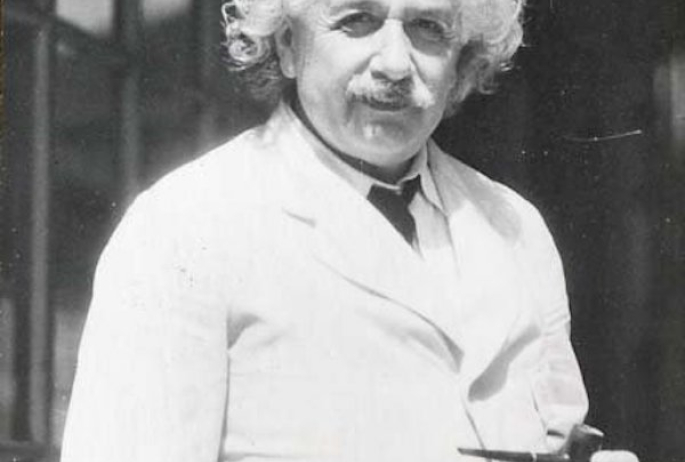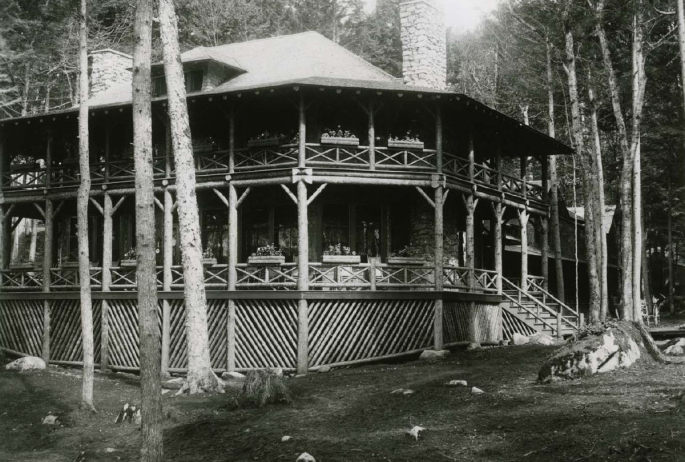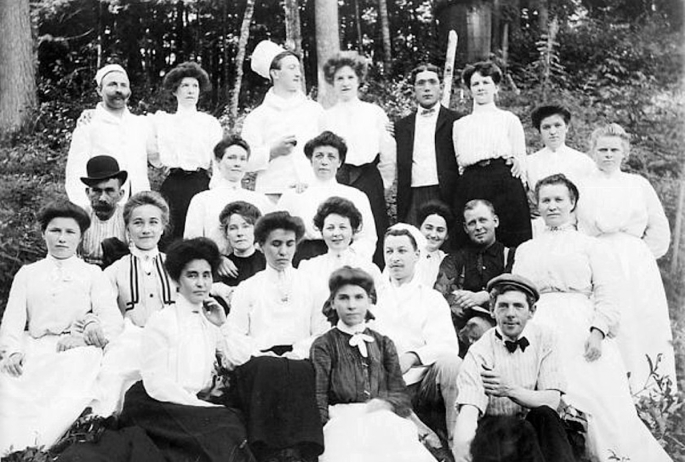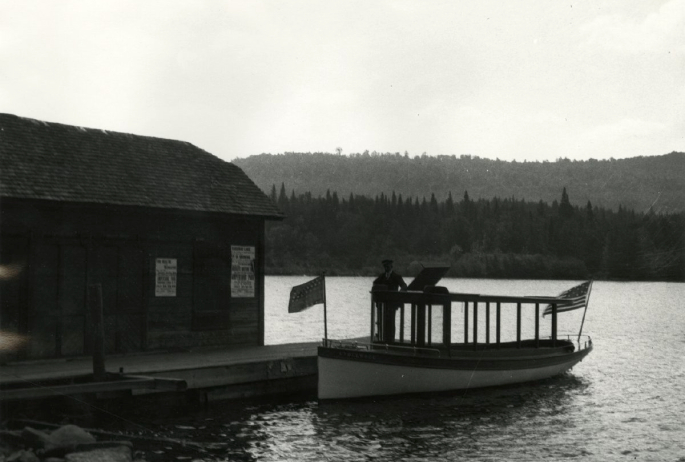The Knollwood Club was created to solve a late 19th-century problem: going on vacation as someone of the Jewish faith. At that time, many hotels and country clubs were "restricted," as the term was known. Six friends wanted to summer in the Adirondacks together and decided to build their own shared Great Camp. They were:
- Louis Marshall, prominent civil rights lawyer.
- Daniel Guggenheim, American industrialist and philanthropist.
- George Blumenthal, banker, philanthropist, and art collector.
- Elias Asiel, stockbroker and banker.
- Max Nathan, hotel and resort tycoon.
- A.N. Stein, who inherited Stein-Bloch Clothing, a Rochester men's clothing manufacturers.
Significant step
At this time, the famous Adirondack developer and Great Camp designer, William West Durant, was selling off much of the land which bordered the Saranac Lakes. Between the need and the opportunity, the idea became popular, resulting in many of these particular Great Camps and summer "cottages" being built by Jewish people who wanted to vacation here and break through the discrimination.
On Upper Saranac alone there were Pine Brook Camp, Prospect Point, Bull Point, Wenonah Lodge, and Fish Rock, as well as Knollwood Club on the Lower Lake. Longterm guests and lots of socializing were always an important part of the Adirondack Great Camp tradition.
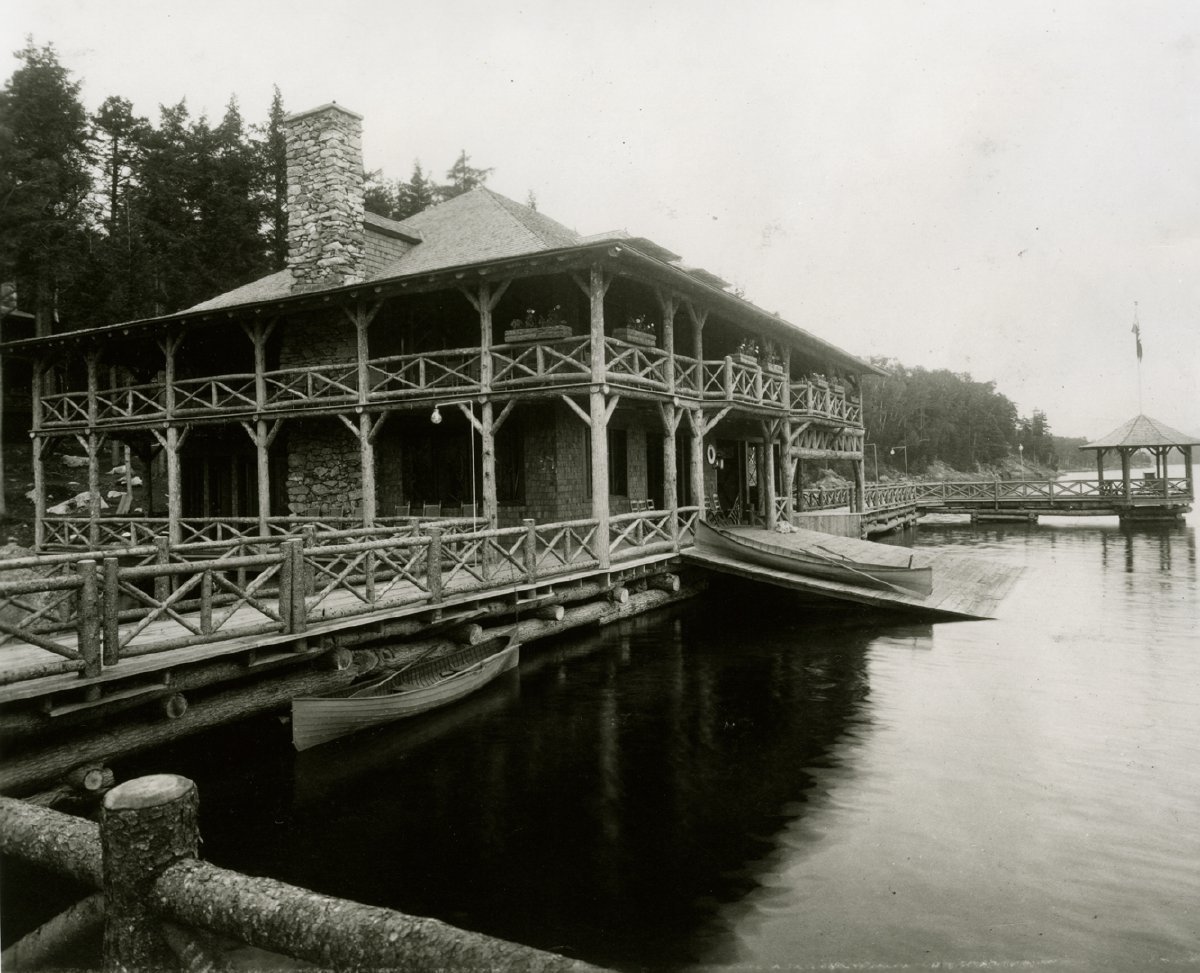
Many prominent people became acquainted with the Adirondacks by visiting friends at their homes on the lake. This is how Knollwood Club became a favorite Adirondack destination for Albert Einstein, who was in residence when the first atom bomb was dropped on Hiroshima.
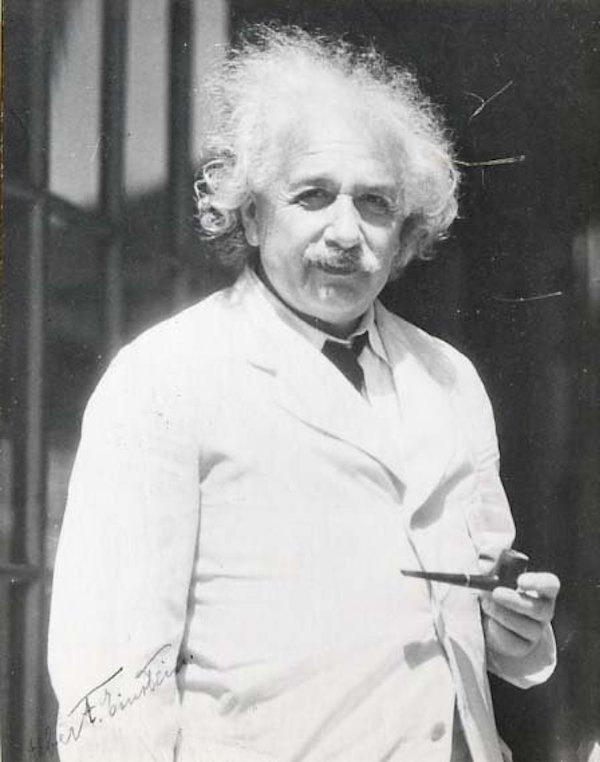
Einstein was known for his love of sailing, and the Saranac Chain of Lakes offered the largest surface area in the whole Adirondacks.
Childhood memories
I attended one of the History Breakfasts sponsored by Historic Saranac Lake, where presenter Michael Preis gave a talk centered on his own memories of summers at Knollwood Club.
He gave a slideshow to a full house. He had more than a historian's perspective about Knollwood Club, where his great-grandfather, Elias Asiel, was one of the founders. His comment on the photo of My. Asiel, above was, "Yes, that's how he dressed on vacation." They had Cottage 1, which is still in the family.
Each of the Knollwood Club cottages were nearly identical except for different log patterns in their front gable screens, but none of them had kitchens. There was a building for cooking, and a separate building for dining, where everyone ate. Michael had us laughing as he described how he didn't want to miss a minute of summer fun, and would show up for meals still in his bathing suit.
This didn't go over well with his grandmother. A compromise was reached, where he would wear a shirt for the meal.
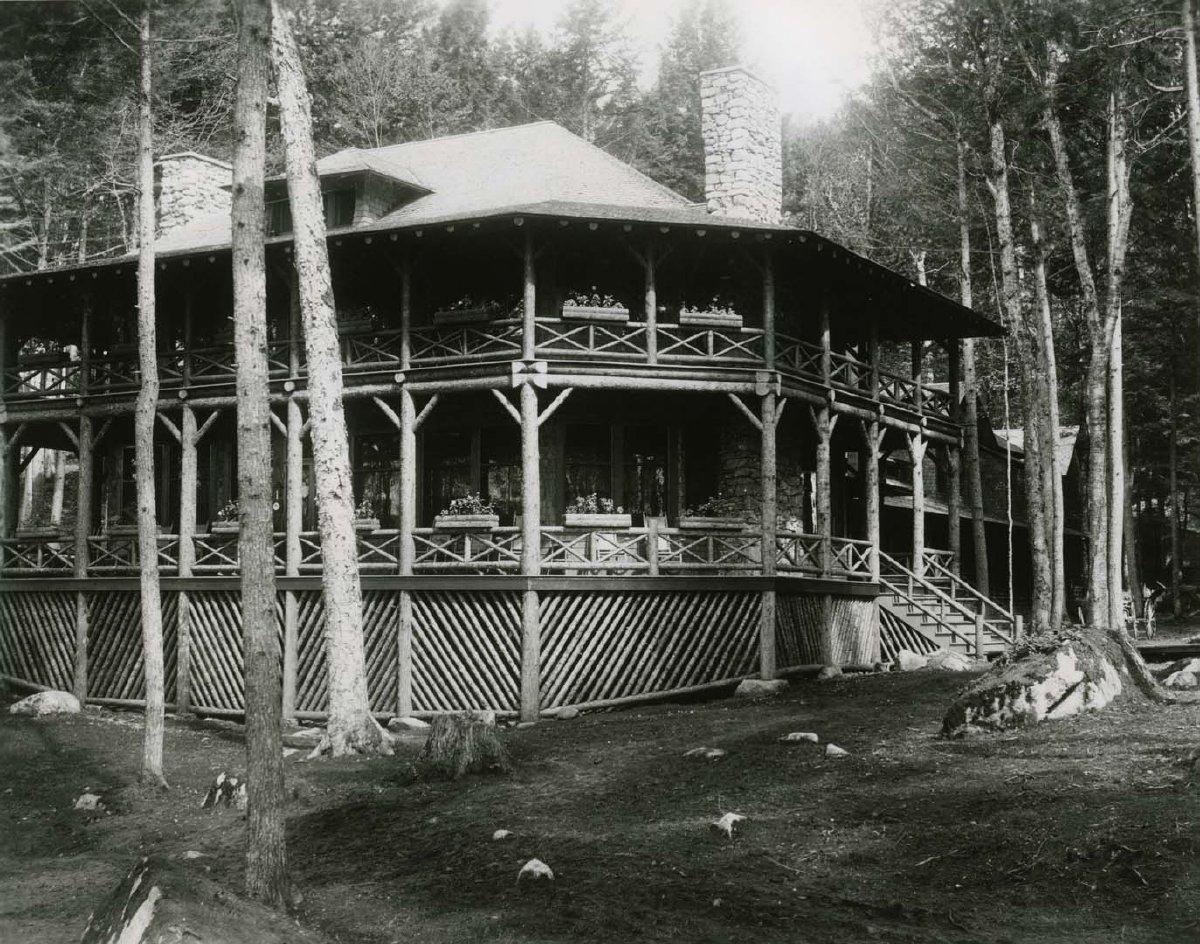
As seen above, the main buildings were connected by raised plank walkways. The log railings had the bark left on. This allowed easy access in rainy weather.
There were several communal buildings at the Club. Everyone used the dining cottage, known as the "casino." All the watercraft were in one of the three boathouses, one of which was a "dry" boathouse for storage.
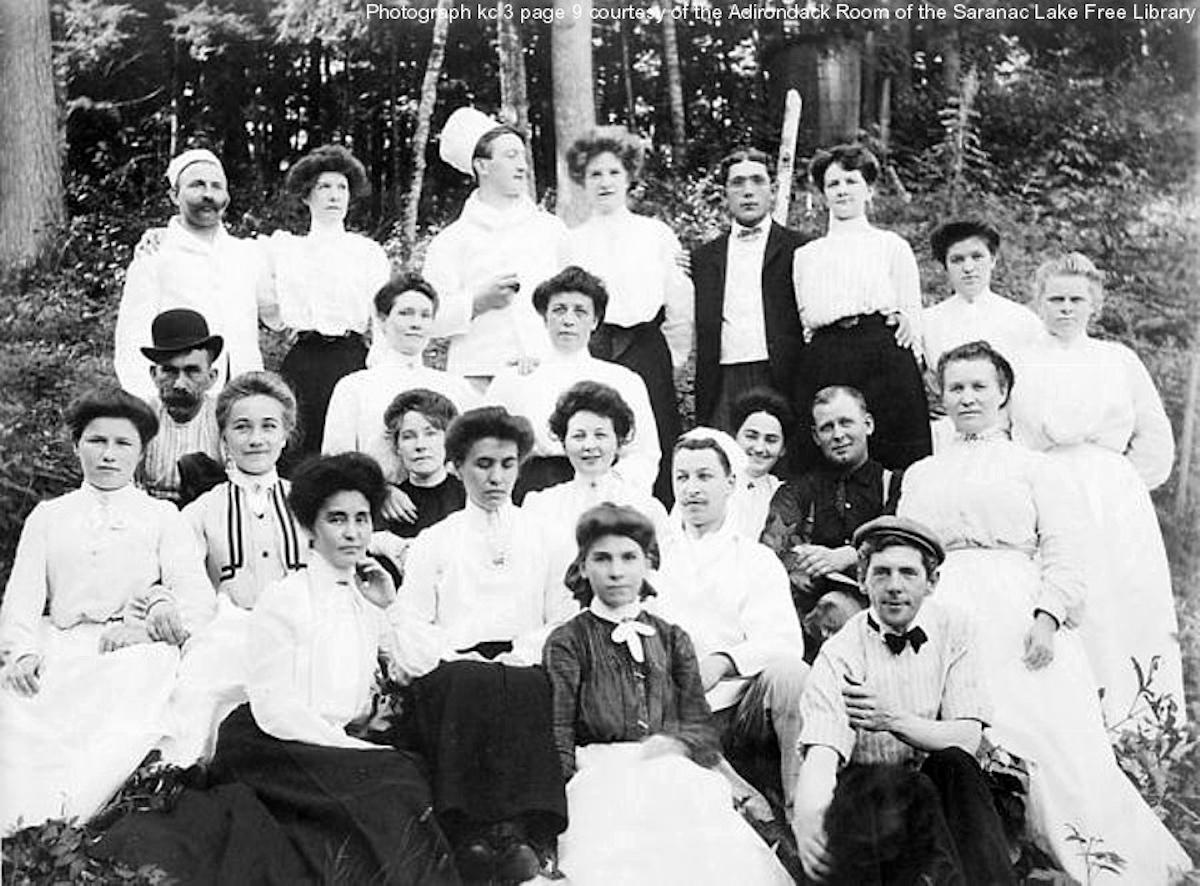
There were also a number of service buildings and places for the servants to stay. An undated photo of the Knollwood staff, above, numbers 23 people.
Michael told the audience how he spent summers, or parts of summers, there all through the 50's and 60's, right up to 2011, when he bought his own camp on the Lower Lake. He still has the Fay & Bowen motor launch that his grandparents bought new in 1912.
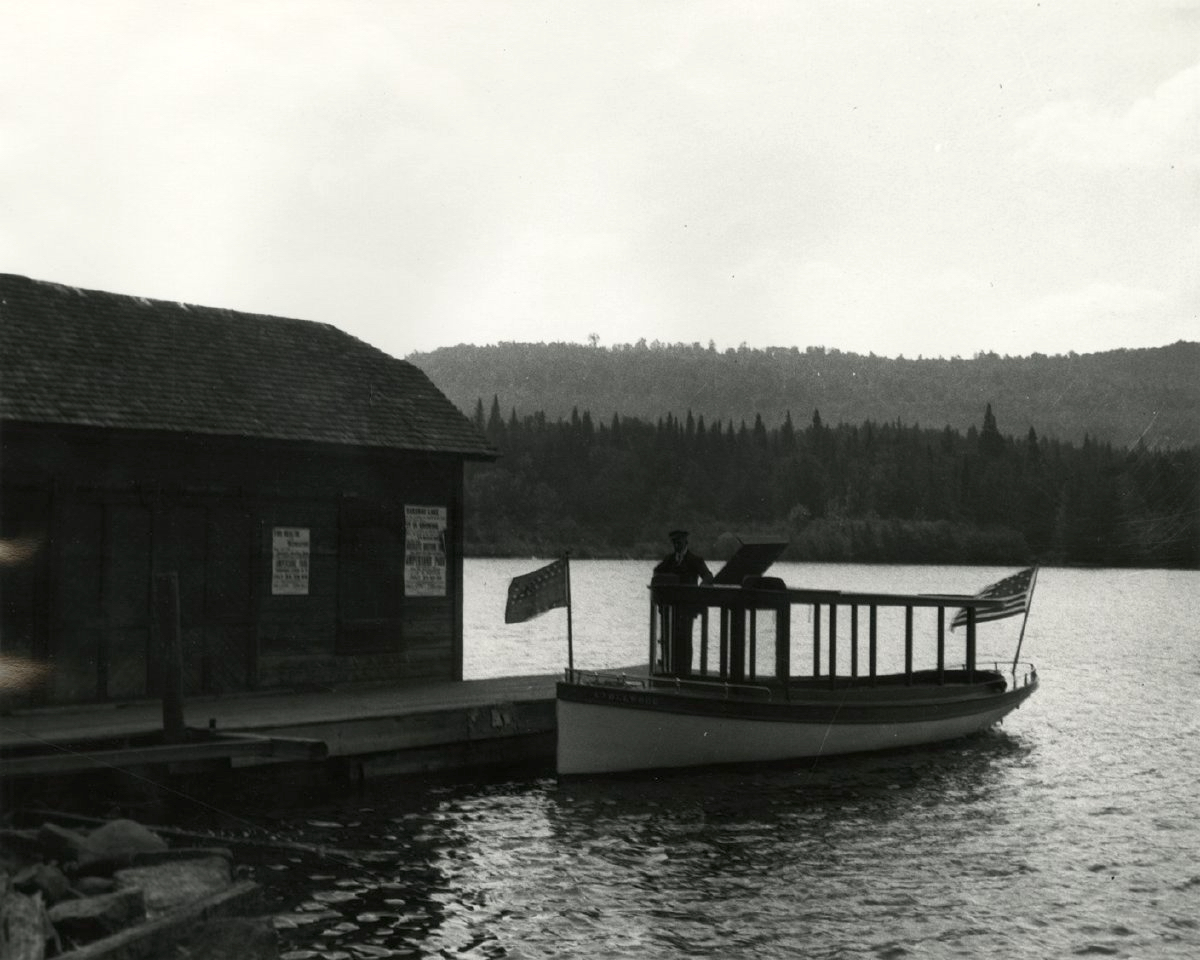
Another part of Great Camp life was the continual use of a "steamer," or steamboats as they were called. These vessels were vital to get supplies and people from the railroad station in town to a place without roads.
Long shadow
The Knollwood Club was designed by William Coulter, who designed other Great Camps such as Eagle Island on Upper Saranac and the Porcupine Inn (once a stately home) in Saranac Lake. This style was highly influential in Adirondack architecture. The twigwork facades were widely imitated and their stunning boathouse found fame as a much photographed landmark. Some of the people summering at Knollwood club discovered that their time there would shape their adult lives.
Bob Marshall was six months old on his first visit in 1901. During those summers with his sister Ruth and brothers George and James, Bob would go on to take his love of the great outdoors to a new level, literally. In 1916 he climbed Ampersand Mountain with local guide and family friend, Herb Clark. While Ampersand is one of the Saranac Sixers, this experience was the start of the Adirondack tradition of someone scaling all the peaks over 4,000 feet, known as the Adirondack 46ers.
Through his work for the U.S. Forest Service, he became the principle founder and early financial supporter of the Wilderness Society. George became an American economist, political activist, and conservationist, supporting both The Wilderness Society and the Sierra Club.
From the celebrated and powerful who created Great Camp culture, to the humble Adirondack guides who understood and respected nature, the people of the Adirondacks contributed greatly to the story of environmentalism. Without them, the history of the conservation movement would have been different.
And perhaps, less.
Find your own "Camp" with our range of lodging. Discover where to eat and drink. For more about the history of Saranac Lake, see the blog post, Saving Einstein.
Header photo attribution: Mwanner at en.wikipedia. Unless noted, all other photos via the Adirondack Experience, The Museum on Blue Mountain Lake's research collection. Fair use copy permitted for research, study, or investigational purposes citing the Adirondack Museum. Any other use requires written permission.)
